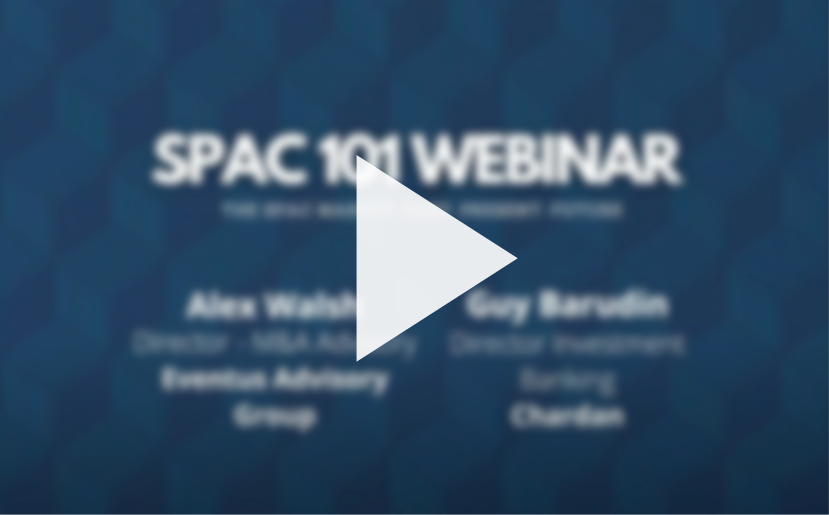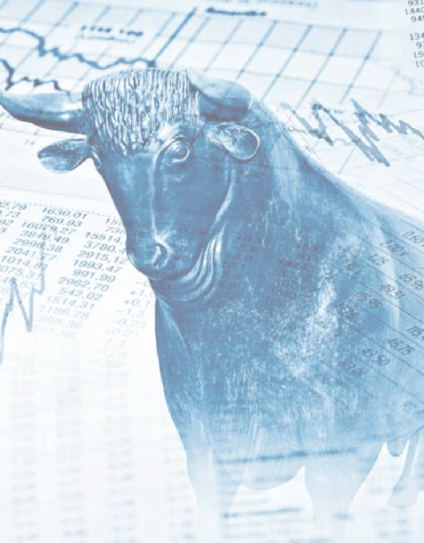1. Investor security: While investors must deposit their money in a restricted account, they have the ability to review and approve the final acquisition target, capitalization table and go-forward strategy. If they don’t approve, they have the ability to withdraw their funds from the SPAC.
2. Limited life: SPACs are created with a specific time horizon. If the SPAC sponsor fails to find an investment that meets the investors’ needs, the SPAC unwinds and returns the investors’ money minus the fees incurred.
3. Limited fees: Maintenance and operational fees have to be approved by the investors, usually before the investment. These are designed to be small and solely focus on transaction-related fees (e.g., legal, audit) and not management fees.
4. Focus and efficiency versus funds: Once invested in a fund, investors rely on the fund managers to make good investments. Investor capital is tied up for a number of years. To earn their high management fees, fund managers have an incentive to deploy all capital raised, even at inefficient (e.g., expensive) prices. Unlike a SPAC, the investor has no say in investments or prices paid and also lacks the ability to get their money back in a timely fashion.





